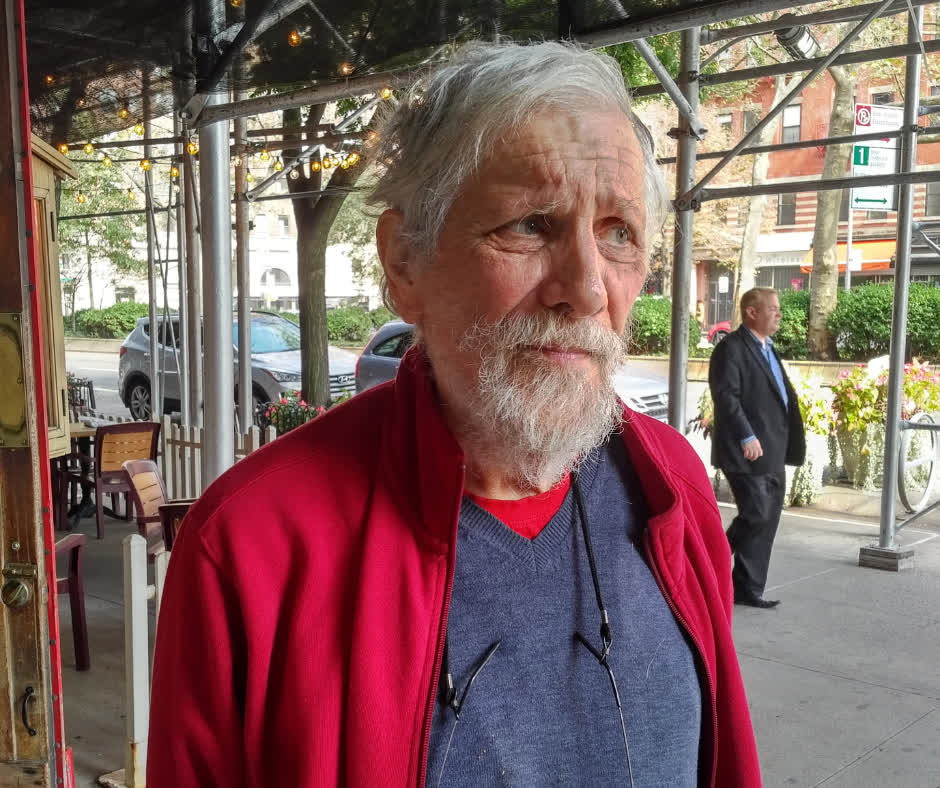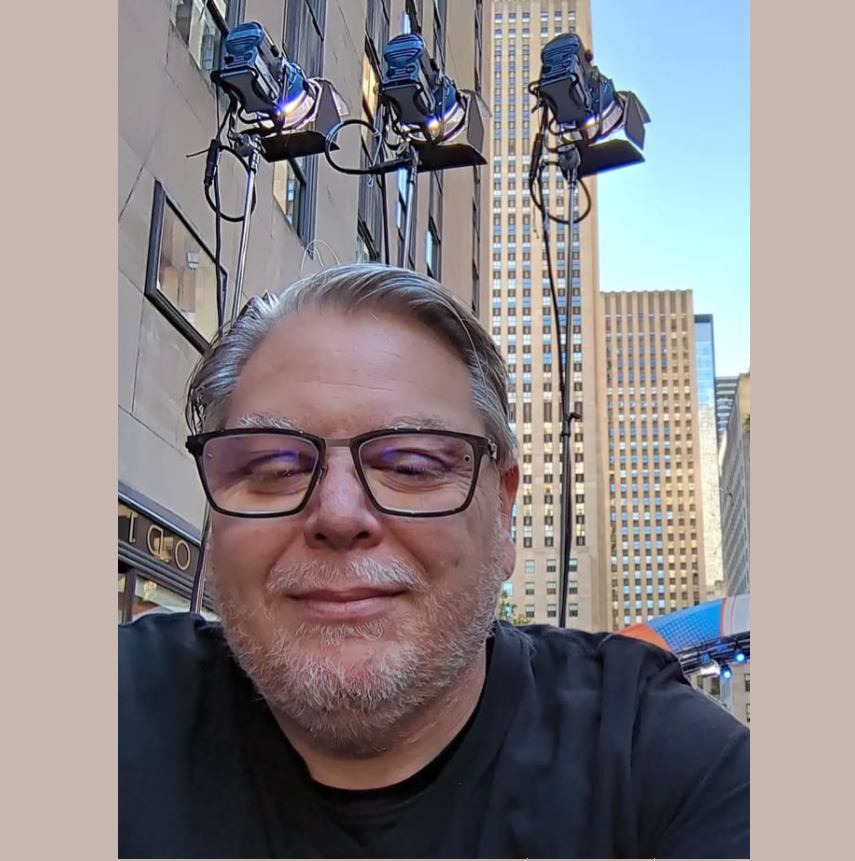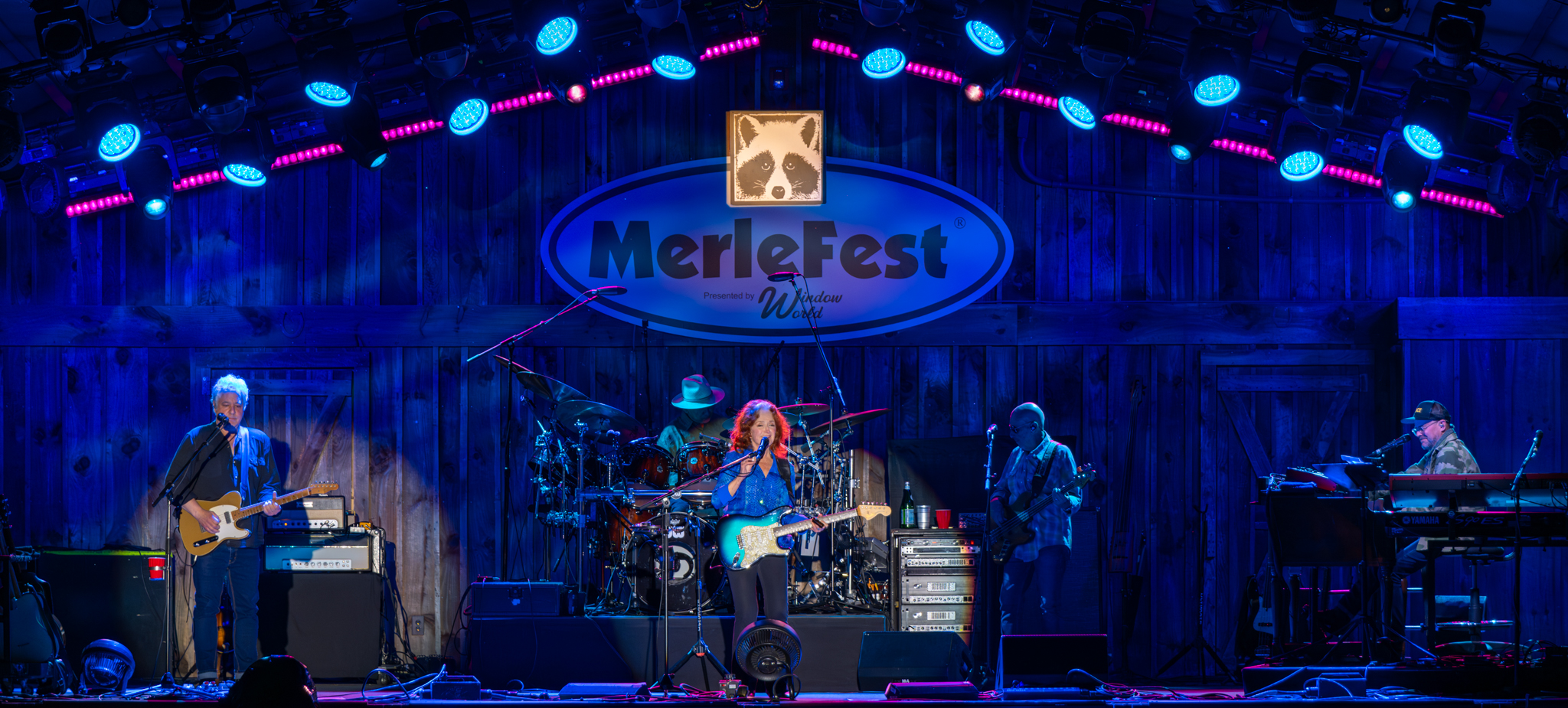SAN FRANCISCO — For its new multi-studio newsroom and production facility dedicated to Northern California’s sports teams, Comcast SportsNet had to balance visual dynamics with power limits imposed by the need to be eco-friendly and earthquake-ready. The network turned to Ferri Lighting Design & Associates (FLDA) for a lighting solution. Both of the Comcast SportsNet studios needed to each run fully off a generator in the case of a power outage. The power available for Studio A, which handles the sports reporting for the San Francisco market, was capped at 288-amps and Studio B, handling the Sacramento market, topped out at 100-amps for all lighting, including scenery and lightboxes.
“We have been lighting studios across the country for Comcast SportsNet,” says LD Bruce Ferri, principal of FLDA. “But these studios were the first with these unique power restrictions. I love a challenge, and I knew this was going to be a tough one but I was looking forward to finding the right solution.”
In Studio A, Ferri had to light three sets with a total of 10 seated talent positions and four stand ups, all coming in under 288-amps. Studio B was designed with four seated talent positions, one stand up area and one Ultimatte green screen space all with 100-amps of total power. If these studios had been lit conventionally, Studio A would have a power draw of 1,000-amps and Studio B around 400-amps.
Ferri worked with FLDA associate LD Mick Smith, assistant LD Ben Pilat, and gaffer Ed McEneney. Dan Knight of Knight Vision supplied local crew.
For the keylighting in the Comcast SportsNet Studios, Ferri used ETC Source Four ellipsoidals, but lamped down to 375-watts from the normal 575- or 750-watts. The set was lit with a combination of Source Four jr. ellipsoidals with 70-watt HID lamps and LED washlights.
“We knew we didn’t need to avoid the right tool just because of the low power cap,” said Ferri. “We were able to get the right amount of light even with the lower wattage in the keylights.”
Smith agreed. “Using ellipsoidals is one of our signatures; it gives us a lot of control we would not get with LED or CFL fixtures as keylights, and also avoids undesirable effects on the background and monitors. Then for backlighting, we used Philips/Color Kinetics iWhite LEDs.”
The set consisted of backlit graphics, monitors and a lot of reflective surfaces. Designer Andre Durette of Jack Morton PDG handled the production design for the studios and the scenery was built by the scene shop Blackwalnut.
The main set has three large plasma monitors. For the backlit graphics, Blackwalnut used Philips/CK iCove White with Bak Pak individual IGBT dimmers from Entertainment Technology.
“For washlights on the set, I went with Philips/CK ColorBlast 12s,” said Ferri. “I lit the Plexiglas panels that were treated with Wildfire ultraviolet (UV) paint, with Chauvet LED Shadow with UV LEDs. I have not found the LED blacklights are as effective as traditional discharge blacklights, but they do draw less power.” The UV paint combined with the LED blacklights makes the set pieces and interesting materials like the monitor mounts pop in the background.
In Comcast SportsNet studio B, the glass windows of the control room serve as the backdrop. “Since the predominant background is the control room and it is quite close, we went in and lit it as well,” said Smith.
Another innovative use of LEDs are those in the set. “There are color-changing LEDs built into the front of the desk,” said Smith. “Because the way these studios work is that they cover so many teams in the area,” including the San Francisco Giants, Oakland As, San Jose Sharks, Golden State Warriors and Sacramento Kings, “Comcast SportsNet can set LED colors to match team colors and help localize the coverage. This was another thing that we could set up with the macros on the lighting controller.”
Control is handled day-to-day by a single studio technician who is multi-tasking, controlling the lighting and also dealing with video, robotic camera controls and other technical aspects for broadcast. “For control, we went with an ETC Ion console, which controls both studios,” said McEneney. “We used macros and submasters to keep the control of the two studios very separate so there are no accidents of someone controlling the wrong studios lights.”
“They took a fairly complex lighting challenge and simplified the control for a non-lighting person,” Ferri said.
Control is easily dealt with through the use of multi-function macros. If they need to change the lighting levels for one of the talent positions, the technician uses a mouse to grab that position and has macro functions to raise or lower the light levels by 10 percent. It is all laid out for a simple and straightforward operation.
ETCNet is around the studio for a control network and the dimmers are Electronics Diversified four-by-600-watt SCRimmer Stiks that were plugged into hot power on the lighting grid. “The SCRimmer Stiks were for the 375-watt Source Fours,” said McEneney. “We used DMX relays from Doug Fleenor Design to control the lightboxes and the HID Source Fours. We did not want them to have to use breakers to control the lights, which many studios still do. Here we have one convenient control location that anyone can easily handle.”
Smith felt that FLDA met the challenges successfully. “We achieved our goal, which was to have great control of the lights and really be able to highlight the talent and the scenery without flooding light everywhere,” he says. “This is especially true in a smaller space like this. The lower wattage fixtures worked out really well.” In the end, the full lighting look in Studio A meters at 195-amps and 85-amps for Studio B. “The power draw in both studios was well under the original power budget,” said Ferri.



